
In the town of Birka, on an island in Lake Mälaren near Stockholm, Sweden, there lies a ninth-century burial site once described as “the ultimate Viking warrior grave.”
Among the artifacts excavated here were a sword, an ax, two spears, a knife, 25 arrows (the bow had probably rotted over the course of more than 1,000 years), two shields, and a pair of horses. But that wasn’t all the grave contained. On the lap of the deceased, archaeologists found a bag of dice and gaming pieces carved from bone. A board for the ancient Viking game hnefatafl had been propped up beside the body.

But this Viking wasn’t just a hobbyist. Academic games historian Eddie Duggan tells Inverse that the warrior in question — who was originally believed to be a “high-status male” but later discovered to have been biologically female through DNA analysis — was likely some sort of military commander.
“The gaming pieces are associated with strategy, implying the warrior would also have been a military leader or commander,” Duggan says. “So we have a female cavalry commander, dressed in her finery, along with her horses, her weapons, and her game board and gaming pieces, buried alongside fellow elite military commanders.”
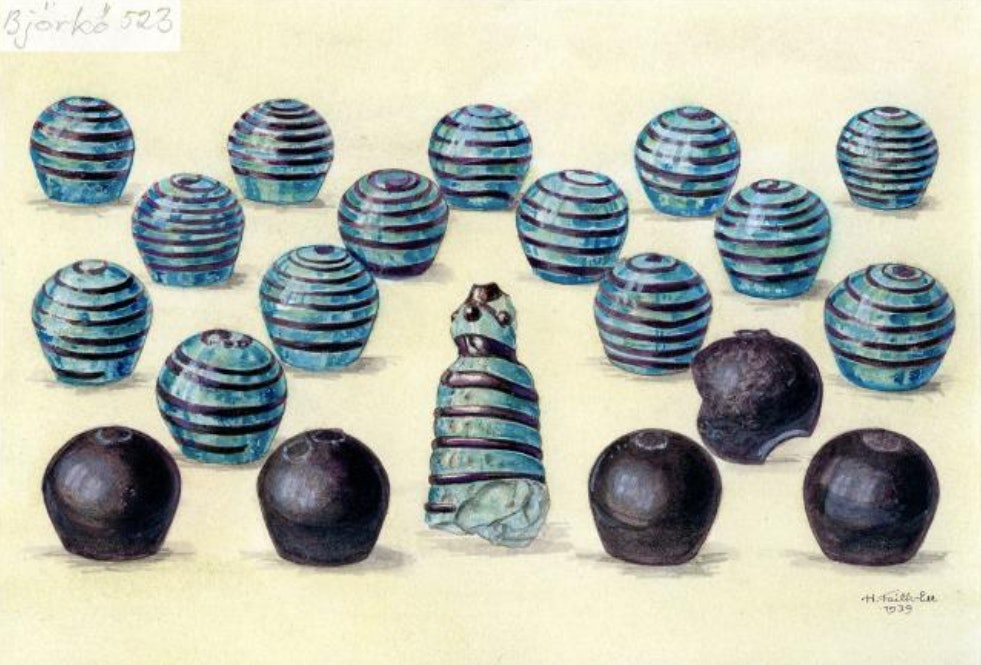
Burying high-ranking members of the elite class with valuable artifacts was fairly standard practice across various ancient and medieval cultures. It isn’t surprising to learn that this particular warrior was interred with enough weaponry for a small army. What fewer people might know is what exactly the gaming board was for: a millennium-old Viking board game that was unceremoniously usurped by a hip new enterprise called “chess” in the 12th century.
In the end, chess and hnefatafl were simply too alike to co-exist.
“Chess certainly wiped out a lot of games,” says Martha Bayless, who has a Ph.D. in Anglo-Saxon, Norse, and Celtic from Cambridge University. “Tafl was a war game, as is chess, so they fit into a similar space in culture. The other very popular early medieval game was a form of backgammon, which is a racing game, and that game continued strong all the way through, as we can see by the fact that people still play backgammon to this day. So it was in the realm of war games that tafl lost out to chess.”
The Viking Issue celebrates the glorious weirdness, diversity, and curious nature of everyone's favorite Scandinavian seafarers.
5,000 years of board games

Hnefatafl — a particularly popular “tafl” game, with “tafl” simply meaning “table” in Old Norse — is one of many significant games from history that is seldom discussed today. Despite being one of the most prominent games of early medieval culture in Northern Europe, hnefatafl was not long for this world. In order to understand why we need to go all the way back to the beginning of board-game history.
One thing we know for certain is that all board games have their origins in the ancient world. The ancient Egyptian game of senet is around 5,000 years old. Several sets were found in Tutankhamun’s tomb, with the game already being 1,500 years old at the time of his death. The Aztecs had patolli, while mancala games like oware were popular among many African cultures. Over in ancient Mesopotamia, people played the Royal Game of Ur. That game dates back to the Bronze Age, making it roughly as old as the Great Pyramid of Giza.
In the ancient world, board games were often associated with the gods and considered supreme exercises of the intellect, as opposed to their status as almost trivial pastimes today. Board games are mentioned in both The Odyssey and The Iliad — there’s even a famous scene painted on sixth-century Greek pottery, excluded from the text of The Iliad, that depicts Ajax and Achilles playing a board game during the Trojan War.
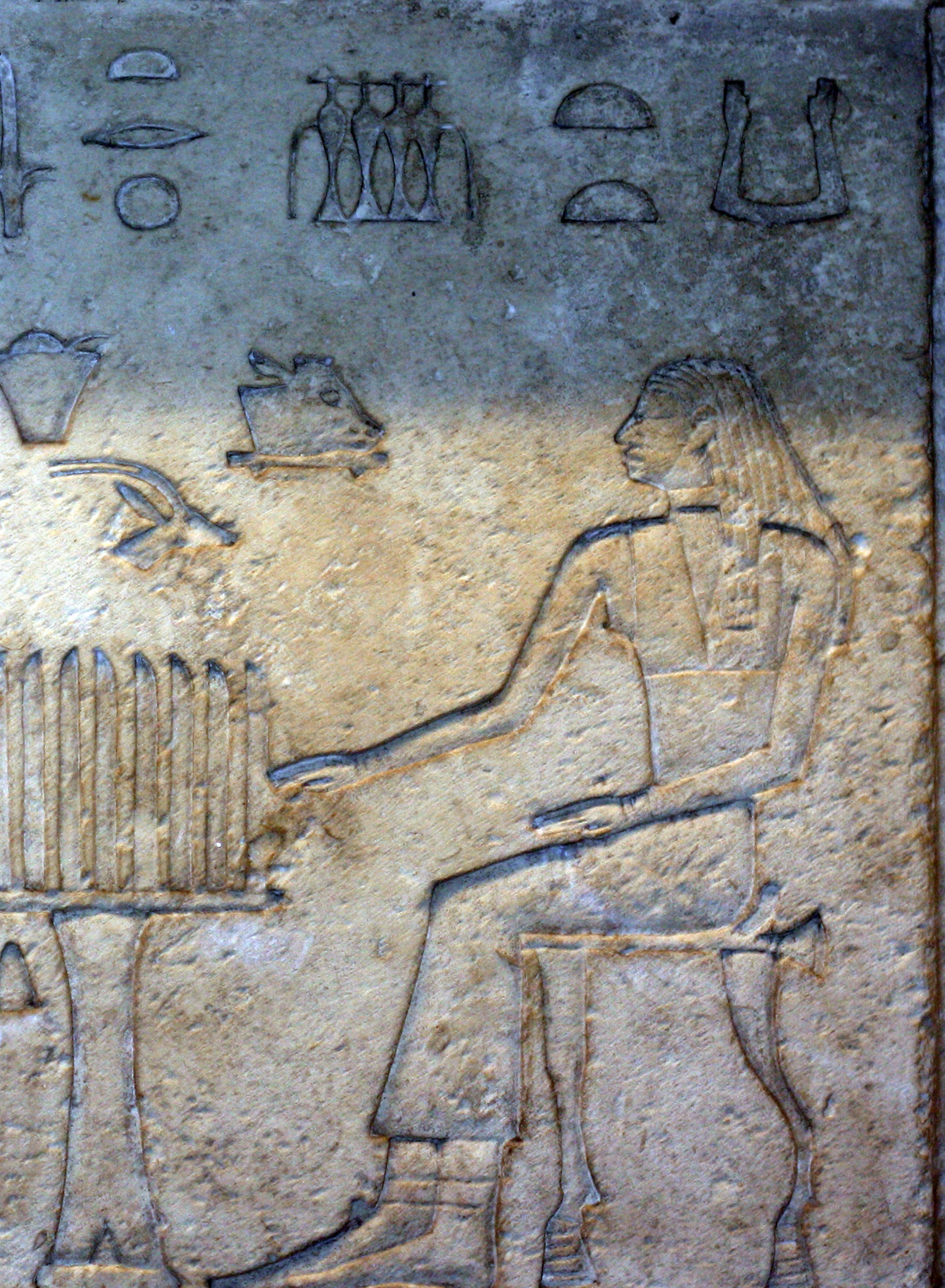
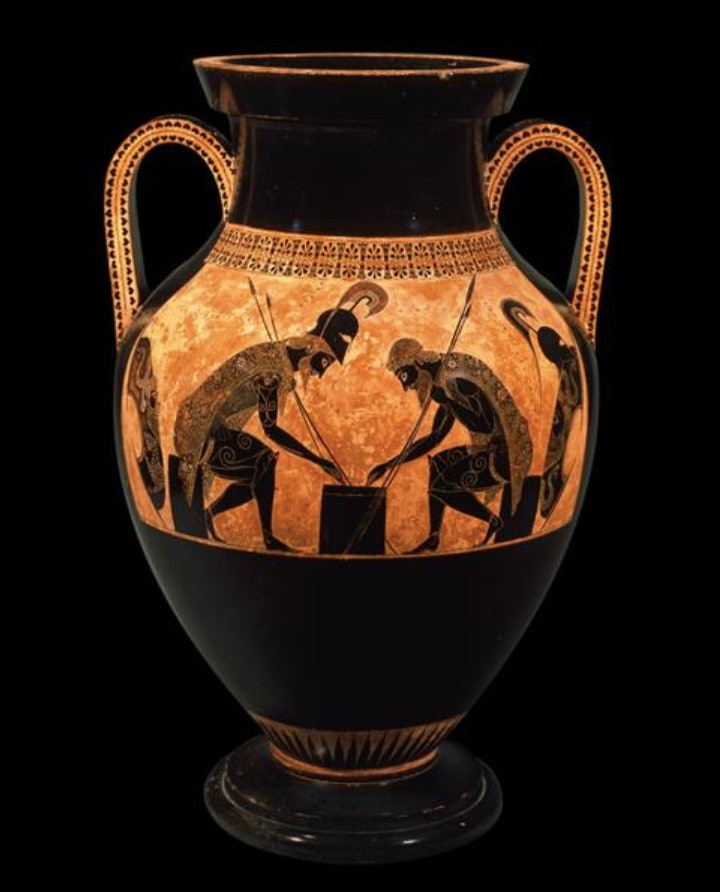
The Romans had duodecim scripta, which is commonly known as a precursor to modern backgammon, while early modern games like the Royal Game of Goose provided the blueprint for contemporary race games like the ever-infuriating Monopoly. Further west in Scandinavia, as well as Ireland, England, Scotland, Wales, and the parts of France settled by the Vikings, you had hnefatafl, or “board game of the fist.”
Popular in Northern and Western Europe, tafl was likely an adapted or localized form of the Roman ludus latrunculorum and Greek petteia — the same game played by Ajax and Achilles in the painting. Through trading, raiding, and various other forms of cultural exchange, this new game was gradually disseminated across the parts of Europe occupied by the Vikings, soon becoming the de facto board game of the era.
That was until chess arrived in the 12th century.
Checkmate
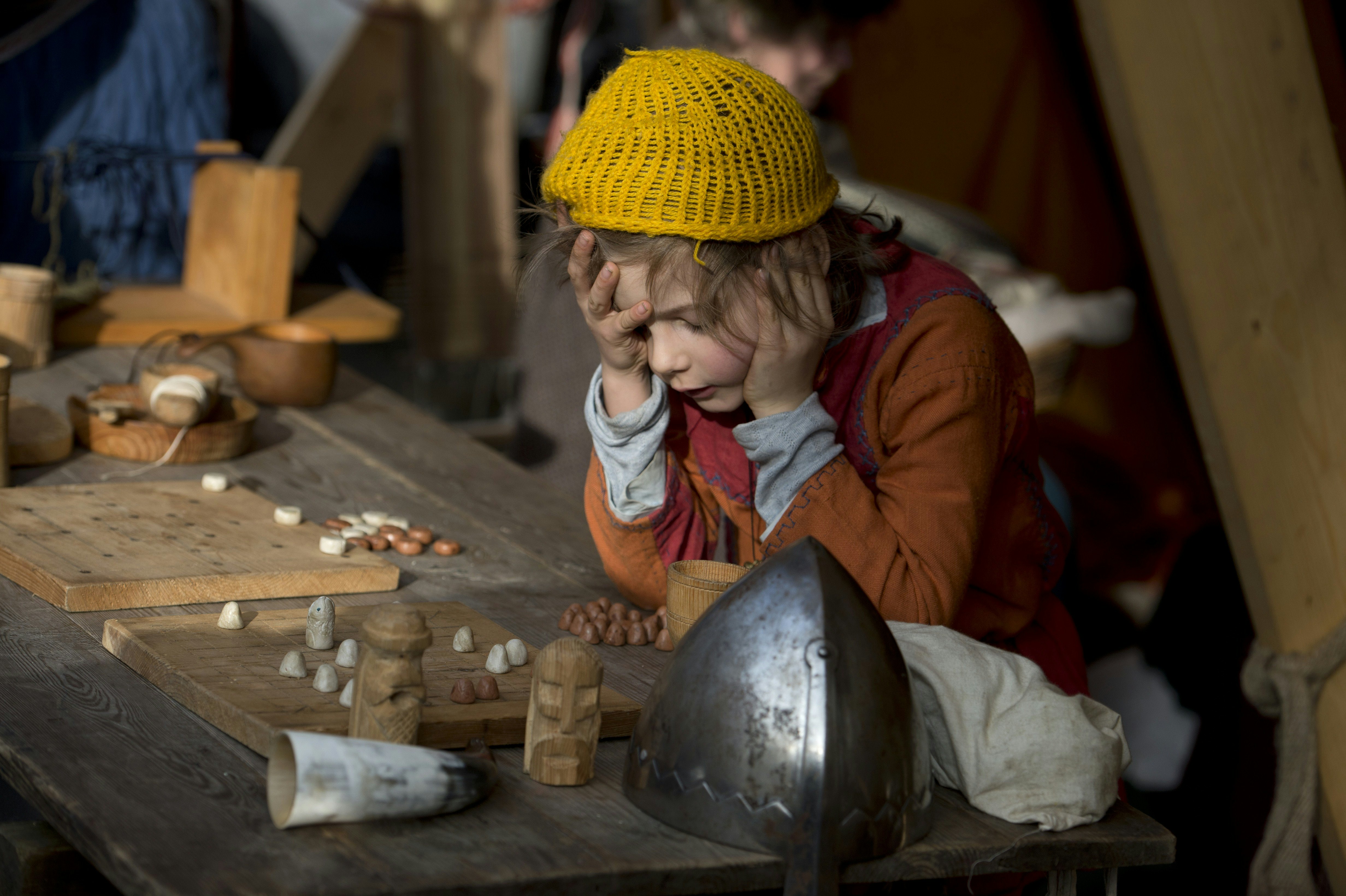
Just like people tend to adopt fashions based on what is currently fashionable, the new and trendy chess was able to quickly displace any competition it had in Viking Europe. Duggan compares the transition to modern email — while there are obviously still people who handwrite letters to send in the post, the overall userbase has undeniably dwindled over the past few decades.
It was the same with chess. After chess was introduced to Europe, a growing number of people learned how to play as the wealthy started to acquire and trade sets imported from places like India, where the game had originated as chaturanga in the seventh century.
“We don’t actually know how the pieces moved.”
There were several key factors for chess’ ability to quickly usurp hnefatafl as the game of the era in Viking Europe. While both are technically war games, hnefatafl is quite different from chess. For one thing, it’s asymmetric — the attacking player has twice as many pieces as the defending player, and both have different objectives. The attacker wants to capture the defender’s king piece, while the defender’s core goal is to escort that piece to the corner of the board.
“Quite how the two players do that is a matter of some debate because the mists of time have somewhat clouded the transmission of the rules,” Duggan says. “Not that they were written down in the way that today we might expect to find the rules of Cluedo included in a box with all the pieces. People would pass on the rules to each other in different contexts. These would have varied from place to place and may have been adapted to local circumstances — think about how you might approach a game of pool with a stranger in an unfamiliar pub. Is it two shots on the black? Does winner stay on? And so on.”
According to Bayless, we only actually have two official descriptions of hnefatafl. One comes from Welsh, whereas the other is from an account penned by the Swedish botanist Linnaeus, who watched the Sámi play it but didn’t understand their language. Because of this, neither description offers a comprehensive or even complete set of instructions, leading modern players to devise their own rules simply to make the game playable. Unfortunately, most modernized rulesets tend to favor one side or the other, causing Bayless and other academics to believe that we haven’t quite figured it out yet.
“We don’t actually know how the pieces moved,” Bayless says. “On straight lines or also diagonally? One square at a time or multiple squares? And we don’t know how captures were done — by surrounding a piece? On two sides? Or four sides? Or jumping over the piece? The rules may have varied from place to place and era to era, as is common with many traditional games. But it was the most prominent board game in Northern Europe for hundreds of years, so however it was played, it was engaging.”
It truly was popular, too. Good gameplay was seen as a quality befitting kings and nobility, with wealthy people regularly being buried with game sets. Duggan says specialty sets were seen as prestigious luxury items and status symbols. While they have turned up in multiple archaeological sites in Norway and Sweden, he specifically points to those Viking graves in Birka. In the sets contained there, the spherical pieces are generally differentiated by color, as is the case with modern chess, with only the king piece being structurally distinct from the rest. (Bayless notes that in one set — perhaps from a different dig site — the king piece is actually a phallus, which is… a choice.)
Queen takes tafl

It’s evident that hnefatafl was imbued with a significant amount of symbolic value. Bayless attributes this to its place in the literature of the time: In the Old Norse Vӧluspá, the mythic text that describes the creation of the world, the gods participate in tafl games as if doing so is their way of structuring the world and continue to play until they are interrupted by evil beings. At Ragnarok, when the end of days brings about a new tomorrow, the tafl pieces will once again be found in the grass, allowing the world to be made anew. Hnefatafl may have been a fashionable game associated with the societal elite, but its conceptual merits far surpassed any surface-level trend.
That’s not to say ordinary folk didn’t play it.
“In Scotland, they scratched informal game boards onto slate rocks,” says Bayless. “From Ireland, we have game boards that were played by fitting pegs into holes, so the game could be played on board ship without the pieces falling over. Women played too — though sometimes the literature is a little suspicious of women who were too good at it.”
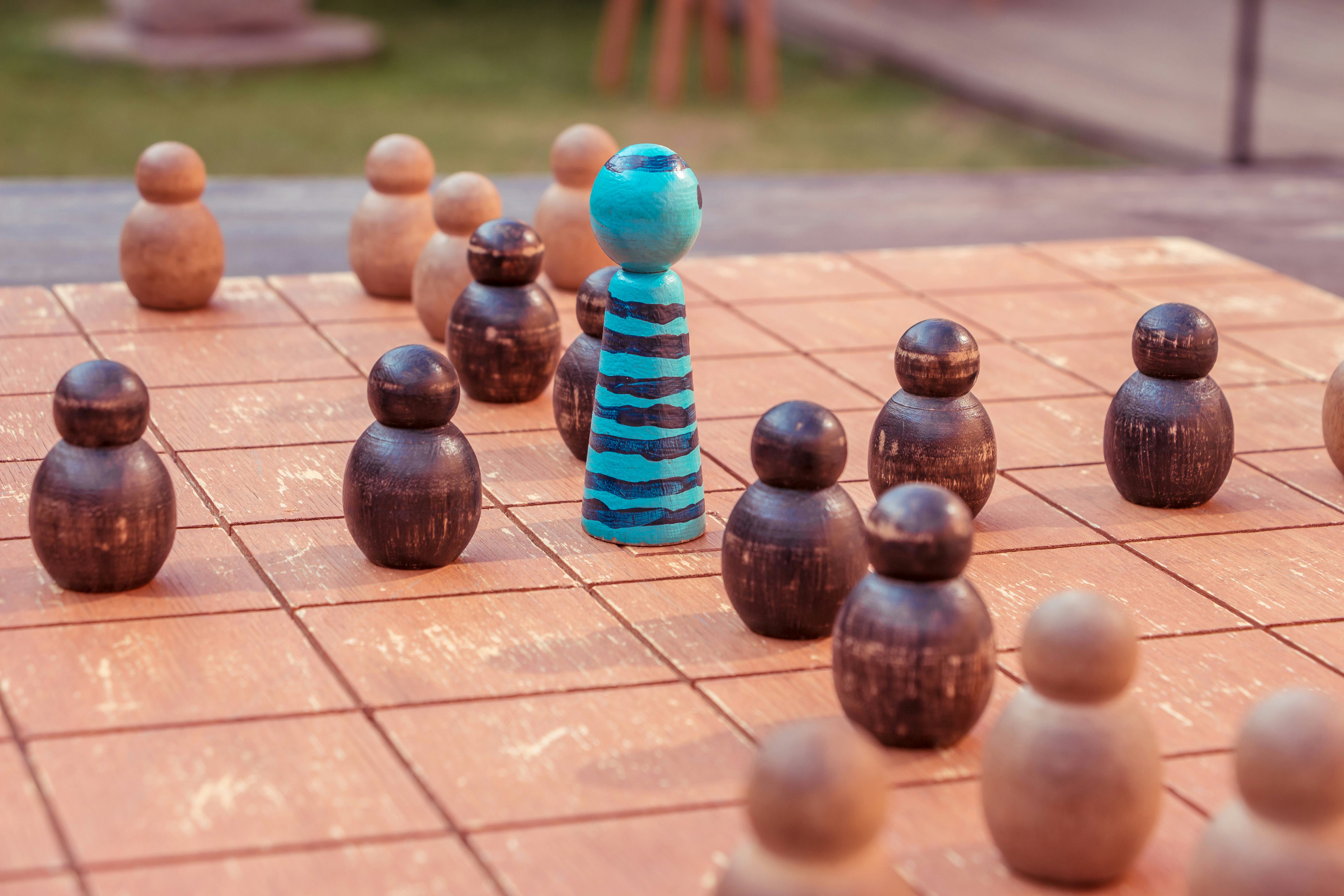
The meteoric rise of chess was in part due to the fact that it too was widely accessible across classes. On one hand, it was a trendy new game with more than two types of pieces. The introduction of the queen in the 15th century — Duggan notes that this may have been due to the influence of Queen Isabella in Spain — also drastically sped the game up. Prior to this change, games could take several days to complete, which obviously wasn’t ideal.
But even after the powerful queen piece was added, a game of chess was still longer than a game of tafl. This afforded it a rather unexpected edge in Western Europe.
“It developed a reputation as a game where men and women could flirt, maybe because it did take quite a lot of time to play,” says Bayless. “By contrast, tafl was maybe too quick for flirtation. Flirtation was a lot of [chess’] appeal.”
“Tafl was maybe too quick for flirtation.”
By the 12th century, hnefatafl — and a number of other Viking board games, the rules of which have been lost to time — had been almost completely ousted by the flirtatious new kid on the block. Still, it’s worth acknowledging what little we do know about tafl in order to better understand Viking history. As Bayless points out, it’s fascinating to consider some of the more granular ideas implied by the existence of hnefatafl and the various innovations associated with it.
“One of the glimpses of Viking life I most prize is those game boards adapted for playing aboard ship,” Bayless says. “You don’t think of how dull it must have been out there on the sea all the time! So they did exactly what we would do — they brought a portable amusement with them.”
The return of tafl
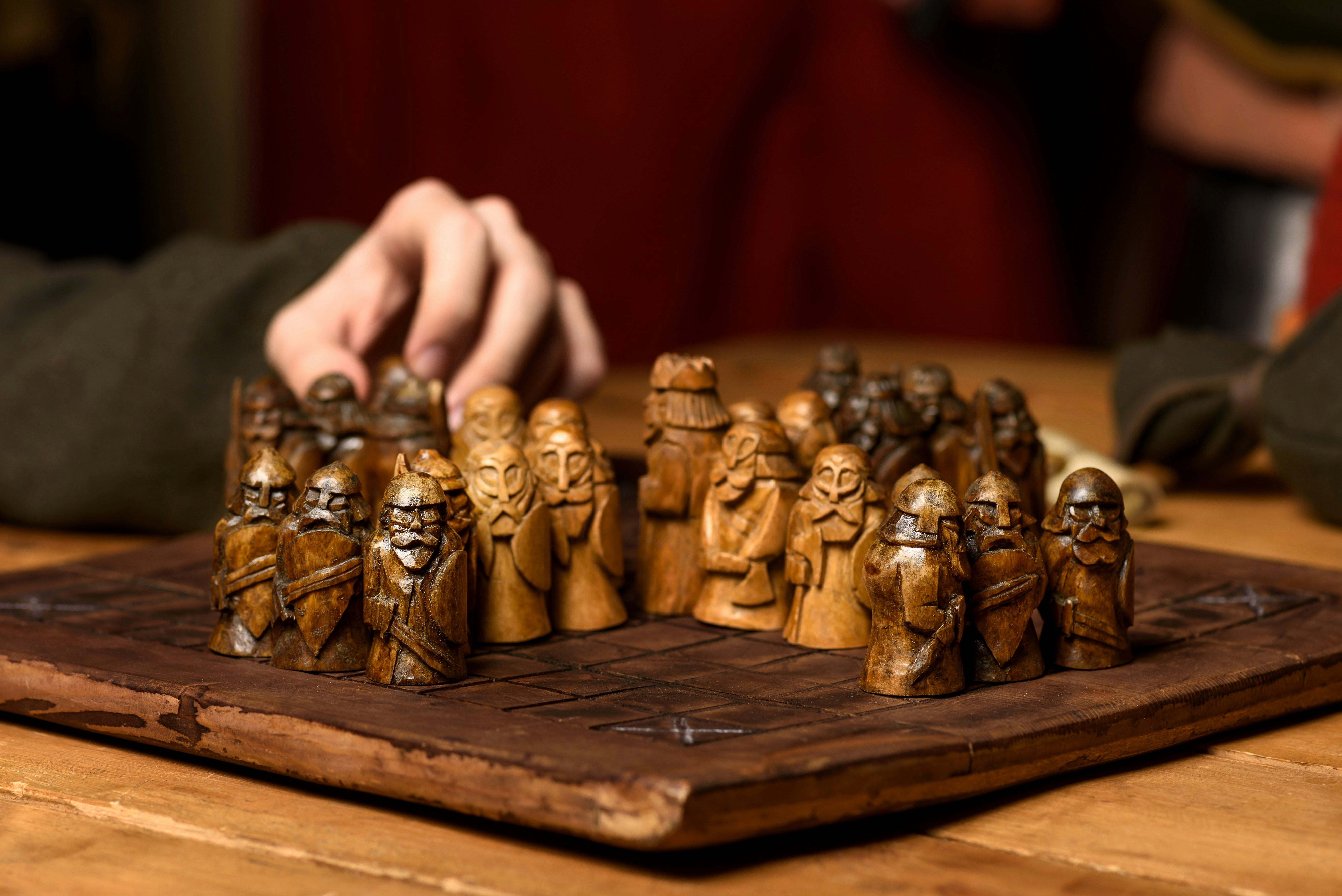
As for now, the future of tafl is unclear. Technically speaking, we still don’t know the rules, and it doesn’t look like they’re going to show up anytime soon. Still, Bayless makes a convincing argument for the continued importance of hnefatafl.
“The last record of tafl being played as part of the long tradition, rather than part of a revival, was in 1889, among the Sámi,” says Bayless. “So recent, comparatively speaking. How I wish someone had asked those players what the rules were! I entertain a fantasy that it’s still played somewhere in an obscure family who don’t know the rest of us are looking for it. But whenever I inquire among anyone with connections to that area of the world, they shake their heads. So probably the long tradition — perhaps some 1,500 years of a very popular game — is really dead, and revivals are all we have.”
In the meantime, that hasn’t stopped enthusiasts from trying their hand at this mysterious, ancient Viking board game.
“There are a lot of websites where you can play tafl online,” Bayless says, “but, of course, they have decided what the rules are — and those may not be the real rules! But you can also buy tafl sets (or make your own just by scratching some lines and getting some counters, as many medieval people did). And then you can try out different rules and see which works best. Maybe someone will rediscover the ancient rules! Whether or not, it’s one way we can really re-experience what it was like to live a thousand years ago.”







